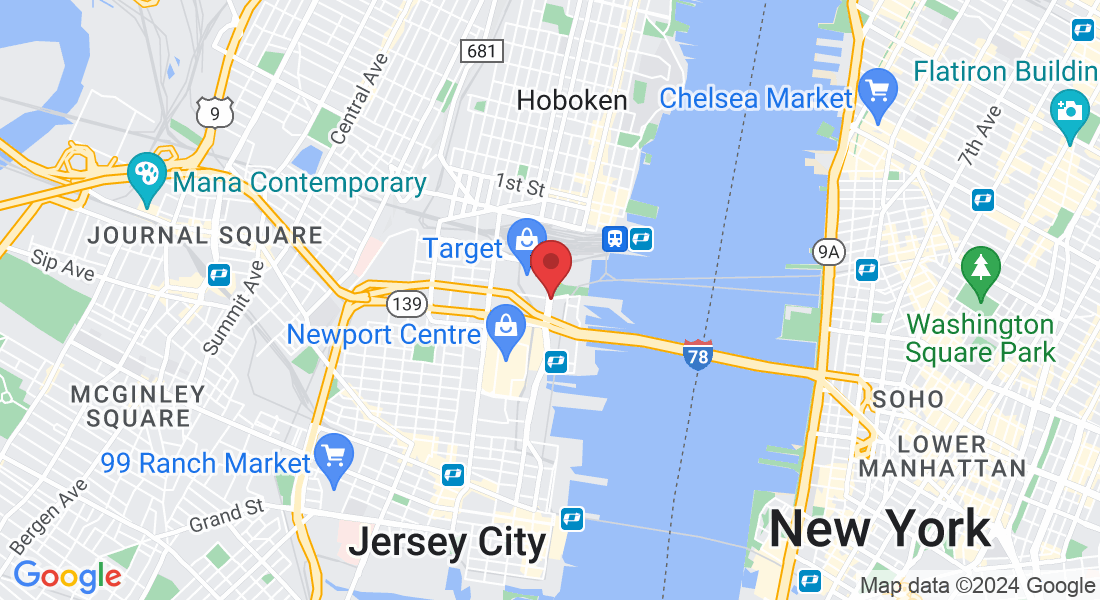New Jersey Rehab Experts
Specializing in comprehensive orthopedic care, New Jersey Rehab Experts offers a wide range of services including Physical Therapy, Sports Physical Therapy, Dry Needling, Chiropractic Care, Neuropathy Treatment, Pain Management, and Manual Therapy. Our state-of-the-art facility is staffed by board-certified therapists dedicated to delivering top-tier care, ensuring you achieve optimal recovery and wellness.
Clinic Located in Jersey City (Newport), Secaucus and Clifton
Genuine Feedback from
Our Patients
Our Affiliations

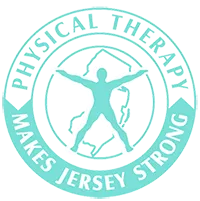




Explore Our Diverse Range of Disciplines
Discover a world of exceptional care customized for all ages! Our dedicated professionals deliver top-notch medical attention, expert rehabilitative therapy, and warm companion care for adults, seniors, and young patients. Experience personalized healthcare with a heart!

Orthopedic Physical Therapy
Specialized care for musculoskeletal injuries, surgeries, and chronic conditions affecting bones, joints, muscles, ligaments, and tendons.
- Sports injuries
- Arthritis management
- Post-surgical rehab

Geriatric Physical Therapy
Specialized care for older adults, addressing age-related changes affecting balance, strength, mobility, and independence.
- Fall prevention
- Balance training
- Mobility enhancement

Sports Physical Therapy
Specialized rehab for athletes of all levels, from weekend warriors to professionals, focusing on injury recovery and performance enhancement.
- ACL rehab
- Return-to-play testing
- Performance optimization

Vestibular Rehabilitation
Specialized therapy for dizziness, vertigo, and balance disorders stemming from inner ear and balance system dysfunction.
- BPPV treatment
- Balance retraining
- Dizziness management

Men's Health Physical Therapy
Specialized care for pelvic floor dysfunction and related issues, providing discreet, effective treatment for men's specific health needs.
- Pelvic pain relief
- Post-prostatectomy rehab
- Urinary dysfunction

Motor Vehicle & Work Injury Rehab
Specialized care for car accidents and workplace injuries, with expert documentation and coordination with insurance providers.
- Whiplash treatment
- Workers' comp cases
- Personal injury claims

Manual Therapy
Hands-on approach using specialized techniques to relieve pain, improve mobility, and accelerate healing naturally.
- Mulligan Mobilizations
- McKenzie Method
- Myofascial Release

Dry Needling
Modern technique using thin, sterile needles to target trigger points, releasing muscle tension and restoring normal function.
- Back & neck pain
- Headaches & migraines
- Sports injuries
Ready to start your recovery journey?
Our expert therapists are ready to help you live pain-free and regain your mobility.
Our Advantages
Specialized Programs for Every Need
From orthopedic rehab and sports therapy to vestibular, pelvic health, and post-injury recovery, we provide comprehensive, patient-focused solutions.
State-of-the-Art Techniques & Technology
We use cutting-edge treatments like dry needling, spinal manipulation, Mulligan & McKenzie techniques, Fit3D scans, Shockwave Therapy , Cupping and more to accelerate healing.
Personalized One-on-One Care
Every patient receives individualized treatment plans with hands-on attention to ensure faster recovery and long-term results.
Trusted by Athletes & Community Leaders
Official providers for multiple cricket teams and a member of respected healthcare associations—our reputation speaks for itself.
Multiple Convenient Locations Across NJ
With clinics in Jersey City, Secaucus, Clifton , and beyond, we’re always within reach—offering flexible scheduling and bilingual support.
Seamless Support for Injury Claims & Recovery
We coordinate care with attorneys, physicians, and insurers for patients recovering from motor vehicle or work-related injuries, ensuring smooth documentation and stress-free rehab.
Meet Our Team

Sunny Thakkar PT, MS ( Exercise Physiologist)
Physical Therapist

Ashish Sinha, PT, DPT
Physical Therapist

Dr. Rohit Farzala PT, DPT
Physical Therapist
About Us
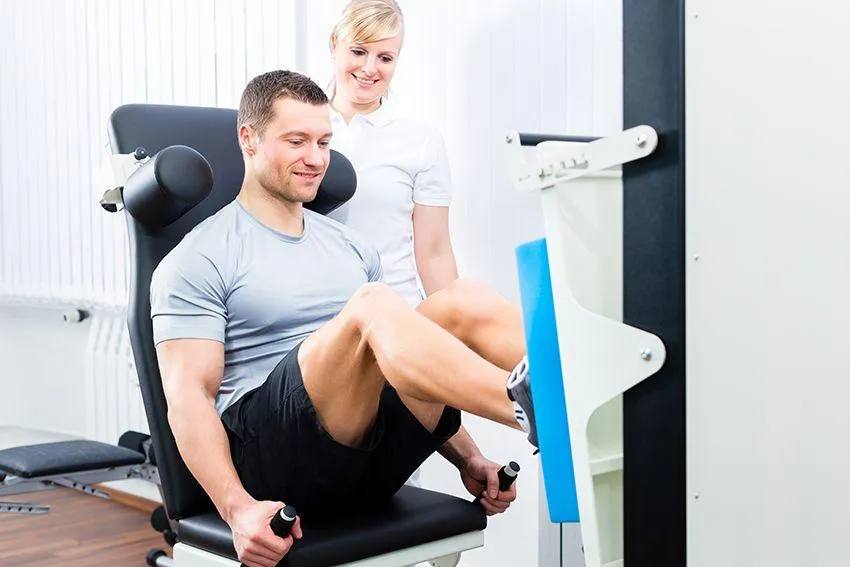
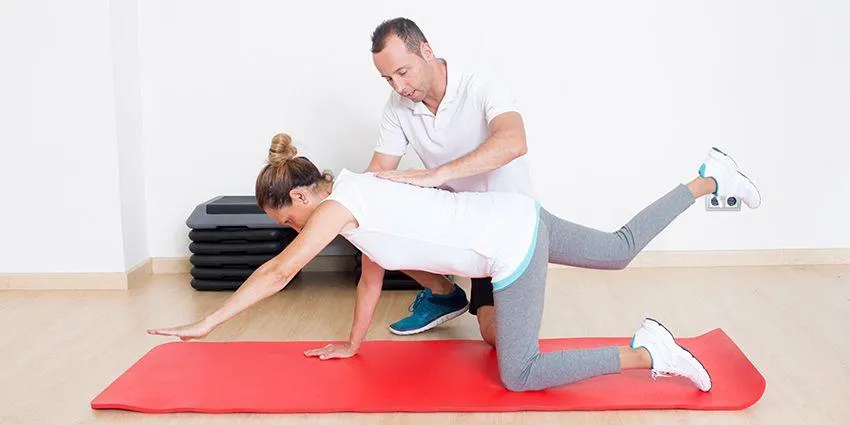
Experience rapid rejuvenation as our specialist team harnesses the power of advanced healing tech to erase pain with ease. We dive deep into your world, assessing every piece of the puzzle—stress at work, life pressures, physical health, nutrition, genes, posture, and even emotional ties—crafting a tailor-made wellness blueprint that's as unique as you are. With our dedicated holistic touch, we don't just treat symptoms; we empower you to embrace a pain-free, harmonious life.
Ask a Question
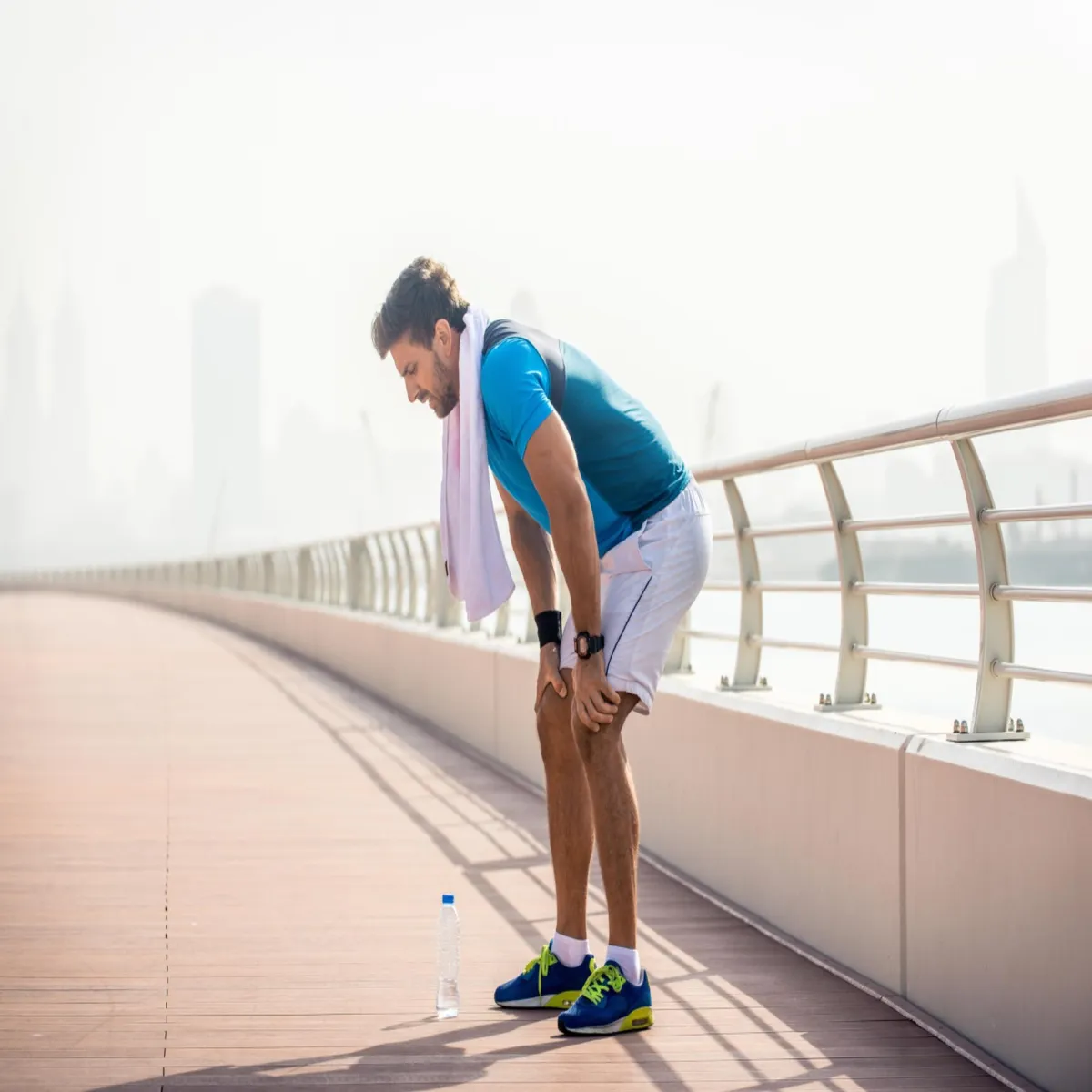
Beat the Burn: Effective Strategies to Overcome Side Cramp While Running
Beat the Burn: Effective Strategies to Overcome Side Cramps While Running
Running is an exhilarating pursuit, but it can quickly become a struggle when the dreaded side cramp strikes. Many runners know that sharp, sudden pain can disrupt your rhythm and motivation, leading to frustration and a premature end to your run. Whether you're aiming for a personal best or just enjoying a leisurely jog, understanding how to overcome this common hurdle is essential for all fitness enthusiasts. In this article, we'll explore effective strategies to beat the burn and tackle those pesky side cramps head-on. From breathing techniques to proper hydration, you'll discover practical tips and tricks to keep you moving forward without discomfort. So lace up your shoes and prepare to reclaim your stride—let's dive into the essentials of staying cramp-free while you run!
Understanding Side Cramps: What Causes Them?
Side cramps, often referred to as "stitches," are a common phenomenon that many runners experience. These cramps are characterized by a sharp, stabbing pain typically felt just below the ribcage, usually on the right side. While the exact cause of side cramps is not entirely understood, several theories exist. One prevalent theory suggests that they occur due to the diaphragm, a primary muscle involved in breathing, becoming fatigued or experiencing spasms. This muscle plays a critical role in the breathing process, and when it doesn't receive adequate blood flow or oxygen during intense exercise, it can cramp up, leading to that familiar discomfort.
Another theory points to the ligaments that attach the liver and stomach to the diaphragm. During running, these ligaments are subjected to repetitive movement and strain, which might cause irritation and pain. This theory is supported by the fact that side cramps are more common in novice runners, whose bodies may not be fully accustomed to the rhythmic bouncing of running. Additionally, consuming a large meal or drinking too much fluid before running can cause the stomach to push against the diaphragm, further contributing to the onset of cramps.
Lastly, poor posture and improper breathing techniques can also contribute to the development of side cramps. When runners hunch over or fail to maintain an upright posture, it can restrict the diaphragm's movement, leading to insufficient oxygen intake and potential cramps. Similarly, shallow or irregular breathing can exacerbate the problem by not providing the diaphragm with consistent oxygen flow. Understanding these underlying causes is the first step in effectively managing and preventing side cramps during your runs.
The Science Behind Side Cramps During Running
The scientific exploration of side cramps, or exercise-related transient abdominal pain (ETAP), reveals that these cramps are a multifaceted issue influenced by several physiological factors. One of the primary contributors to ETAP is the diaphragm’s workload during physical exertion. When you run, the diaphragm contracts and relaxes in sync with your breaths, aiding in the intake of oxygen and expulsion of carbon dioxide. This muscle, much like any other in the body, can fatigue under sustained effort, leading to spasms and the resultant pain known as a side stitch.
Research also indicates that ischemia, or insufficient blood flow to the diaphragm, may play a role in causing side cramps. During intense exercise, the body prioritizes blood flow to the muscles engaged in running, sometimes at the expense of the diaphragm. This reduced blood flow can lead to hypoxia, a state where the muscle does not receive enough oxygen, resulting in pain and spasms. Additionally, the bouncing motion inherent in running can cause repeated stretching of the ligaments connecting the diaphragm to the organs, exacerbating the issue.
Further complicating the picture is the role of the nervous system in ETAP. The phrenic nerve, which controls the diaphragm, may become irritated during prolonged physical activity, contributing to the sensation of pain. Understanding the complex interplay between these various physiological factors can help runners develop targeted strategies to mitigate side cramps, ensuring a more comfortable and productive running experience.
Common Myths About Side Cramps
Despite being a common experience for many runners, side cramps are often surrounded by myths and misconceptions. One prevalent myth is that side cramps are solely caused by dehydration. While staying hydrated is crucial for overall athletic performance and can help prevent muscle cramps, dehydration is not the sole culprit behind side stitches. The pain is more closely related to the diaphragm’s functioning and the mechanical strain placed on it during running.
Another widespread misconception is that only novice runners experience side cramps. While it is true that beginners may be more susceptible due to their bodies not being fully conditioned, experienced runners are not immune. Factors such as running intensity, changes in routine, or inadequate warm-up can trigger side cramps in even the most seasoned athletes. This myth can be discouraging for new runners, leading them to believe that side cramps are a sign of poor fitness, which is not necessarily the case.
A third myth is that side cramps can be ignored and will eventually go away on their own. While it is sometimes possible to run through the pain, doing so can lead to a less enjoyable run and may cause you to alter your running form, potentially leading to other injuries. Addressing side cramps promptly with appropriate measures, such as adjusting your breathing or slowing down, is more effective in managing the pain and preventing it from becoming a recurring issue. Understanding and debunking these myths can help runners approach side cramps with a more informed and proactive mindset.
Preventative Measures to Avoid Side Cramps
Preventing side cramps begins with proper preparation before you even hit the pavement. One of the most effective preventative measures is to ensure that you are well-hydrated in the hours leading up to your run. Drinking water consistently throughout the day helps maintain optimal muscle function and reduces the likelihood of cramping. However, it is important to avoid overhydration right before your run, as this can lead to a full stomach and increased pressure on the diaphragm.
Another critical aspect of prevention is to pay attention to your pre-run meals. Eating a large meal too close to your running time can increase the risk of side cramps as your body works to digest food, diverting blood flow away from your muscles. Aim to consume smaller, easily digestible meals at least two to three hours before you run. Foods high in carbohydrates and low in fat and fiber are typically the best choices, as they provide the necessary energy without overburdening your digestive system.
Incorporating a thorough warm-up routine is also essential in preventing side cramps. Dynamic stretching and light aerobic exercises help prepare your muscles, including the diaphragm, for the demands of running. Activities such as arm circles, leg swings, and gentle jogging can increase blood flow and flexibility, reducing the risk of cramps. Additionally, practicing proper posture and breathing techniques during your warm-up can set the foundation for a cramp-free run. By taking these preventative measures, you can significantly reduce the likelihood of experiencing side cramps and enjoy a more comfortable running experience.
Effective Techniques to Relieve Side Cramps Mid-Run
Even with the best preparation, side cramps can still occasionally strike. When they do, having effective techniques to relieve the pain can make all the difference. One of the simplest and most effective methods is to adjust your breathing pattern. Deep, rhythmic breathing can help relax the diaphragm and alleviate the cramp. Try to inhale deeply through your nose and exhale slowly through your mouth, focusing on expanding your belly rather than your chest. This technique increases oxygen flow and reduces the strain on the diaphragm.
Another technique is to alter your running form temporarily. If you feel a cramp developing, try to slow down your pace or take a short walking break. This can help reduce the intensity of the cramp and give your diaphragm a chance to recover. While walking, continue to practice deep breathing and gently massage the area where the cramp is located. Applying gentle pressure with your fingers can help release the muscle spasm and reduce pain.
In addition to breathing and form adjustments, stretching can also provide relief. If you are able to stop safely, try bending sideways at the waist and reaching your arm over your head toward the opposite side. This stretch helps elongate the muscles around the diaphragm and can provide immediate relief. Holding the stretch for 20-30 seconds while continuing to breathe deeply can help the cramp subside. By incorporating these techniques, you can effectively manage side cramps and continue your run with minimal disruption.
Importance of Proper Hydration and Nutrition
Proper hydration and nutrition play a crucial role in preventing and managing side cramps. Staying hydrated ensures that your muscles, including the diaphragm, function optimally and are less prone to cramping. Aim to drink water consistently throughout the day, particularly in the hours leading up to your run. However, be cautious of overhydration right before running, as it can lead to a full stomach and increase the risk of side cramps.
In addition to hydration, paying attention to your diet is equally important. Eating balanced meals that provide the necessary nutrients without overburdening your digestive system can help prevent side cramps. Focus on consuming carbohydrates, which provide the energy needed for running, while avoiding high-fat and high-fiber foods that can be difficult to digest. A small snack, such as a banana or a piece of toast with peanut butter, about 30 minutes before running can provide a quick energy boost without causing digestive discomfort.
Electrolytes, such as sodium, potassium, and magnesium, also play a vital role in muscle function and cramp prevention. These minerals help regulate fluid balance and muscle contractions, reducing the likelihood of cramps. Consuming electrolyte-rich foods, such as bananas, sweet potatoes, and leafy greens, or using electrolyte supplements can help maintain proper levels and support your running performance. By prioritizing proper hydration and nutrition, you can significantly reduce the risk of side cramps and enhance your overall running experience.
Stretching and Warm-Up Routines to Minimize Cramps
A comprehensive warm-up routine is essential for minimizing the risk of side cramps. Dynamic stretching and light aerobic exercises help prepare your muscles, including the diaphragm, for the demands of running. Begin with gentle jogging or brisk walking for 5-10 minutes to increase your heart rate and blood flow. This initial warm-up phase helps loosen your muscles and primes your body for more intense activity.
Incorporate dynamic stretches that target the muscles used in running. Arm circles, leg swings, and torso twists can increase flexibility and range of motion, reducing the likelihood of cramps. These movements help activate the muscles around the diaphragm and improve coordination, allowing for more efficient breathing during your run. Aim to spend at least 5-10 minutes on dynamic stretching, focusing on smooth, controlled movements.
Additionally, include specific stretches for the diaphragm and intercostal muscles. One effective stretch is the side bend, where you reach one arm overhead and bend sideways at the waist. This stretch helps elongate the muscles around the diaphragm and can reduce the risk of cramps. Another useful exercise is the "cat-cow" stretch, which involves alternating between arching and rounding your back while on all fours. This movement helps mobilize the spine and diaphragm, promoting better breathing mechanics. By incorporating these stretching and warm-up routines, you can create a solid foundation for a cramp-free run.
The Role of Breathing Techniques in Preventing Cramps
Proper breathing techniques are essential for preventing side cramps and enhancing overall running performance. One effective technique is diaphragmatic breathing, also known as "belly breathing." This method involves inhaling deeply through your nose, allowing your abdomen to expand, and exhaling slowly through your mouth. Diaphragmatic breathing helps maximize oxygen intake and reduces the strain on the diaphragm, making it less prone to cramping.
Another useful technique is rhythmic breathing, which involves coordinating your breath with your running cadence. For example, you might inhale for three steps and exhale for two steps. This pattern helps ensure a steady flow of oxygen and prevents shallow, rapid breathing that can contribute to side cramps. Experiment with different rhythms to find the one that feels most comfortable and sustainable for your pace.
Focusing on exhalation is also important in preventing side cramps. The diaphragm contracts and relaxes during both inhalation and exhalation, but improper exhalation can lead to a buildup of carbon dioxide and increased tension in the diaphragm. Make a conscious effort to exhale fully, using your abdominal muscles to push out the air. This practice helps maintain a balanced breathing cycle and reduces the risk of cramps. By incorporating these breathing techniques into your running routine, you can improve your respiratory efficiency and minimize the occurrence of side cramps.
When to Seek Medical Advice for Persistent Cramps
While side cramps are usually a common and manageable issue for runners, there are instances when persistent or severe cramps may warrant medical attention. If you experience side cramps that do not improve with typical relief techniques, such as adjusting your breathing or taking a short break, it may be a sign of an underlying issue. Consistently recurring cramps that impact your running performance or daily activities should be evaluated by a healthcare professional.
Additionally, if you notice other symptoms accompanying your cramps, such as nausea, vomiting, or dizziness, it is important to seek medical advice. These symptoms could indicate a more serious condition, such as an electrolyte imbalance or gastrointestinal issue, that requires professional evaluation and treatment. Ignoring these warning signs can lead to further complications and hinder your ability to run comfortably and safely.
In some cases, persistent side cramps may be related to structural or biomechanical issues, such as poor posture, muscle imbalances, or improper running form. A healthcare professional, such as a physical therapist or sports medicine specialist, can help identify and address these issues through targeted exercises and adjustments to your running technique. Seeking medical advice for persistent cramps can provide valuable insights and ensure that you can continue running without discomfort or interruption.
Conclusion: Embracing a Cramp-Free Running Experience
Overcoming side cramps while running requires a combination of knowledge, preparation, and effective techniques. By understanding the underlying causes and debunking common myths, you can approach side cramps with a more informed mindset. Implementing preventative measures, such as proper hydration, nutrition, and warm-up routines, can significantly reduce the likelihood of experiencing cramps.
When side cramps do occur, having a toolkit of effective relief techniques, including breathing adjustments, form alterations, and stretching, can help you manage the pain and continue your run with minimal disruption. Prioritizing proper breathing techniques and recognizing when to seek medical advice for persistent cramps further enhances your ability to run comfortably and safely.
Ultimately, embracing a cramp-free running experience is about finding the right balance of preparation, technique, and self-awareness. By incorporating these strategies into your running routine, you can enjoy the physical and mental benefits of running without the discomfort of side cramps. So lace up your shoes, hit the pavement, and reclaim your stride with confidence and ease.
No matter whether your condition was caused by a sport, work accident or otherwise,
we welcome the chance to serve you.
Opening Hours



